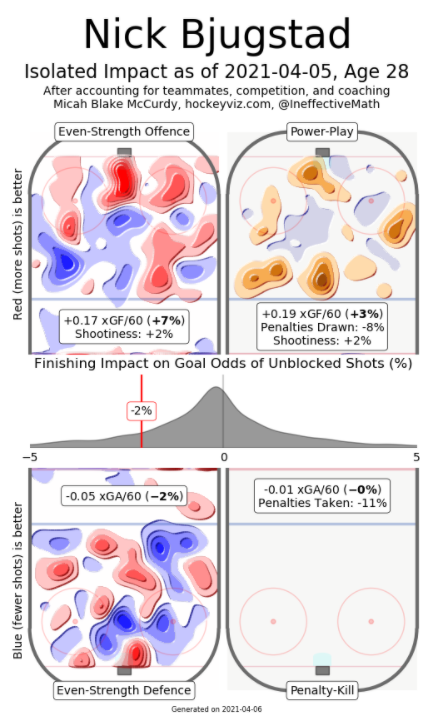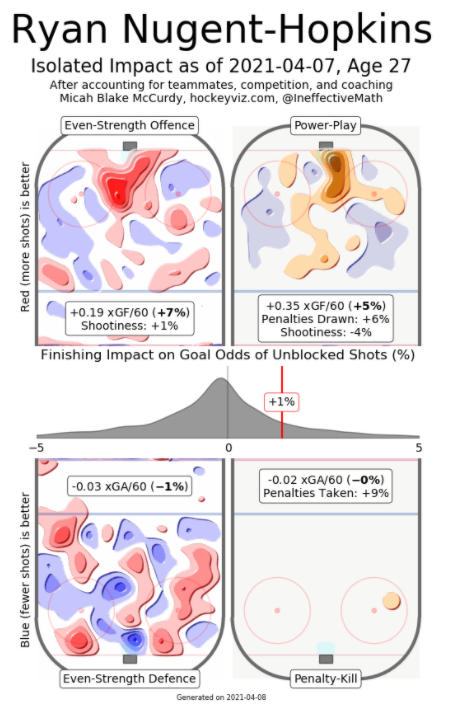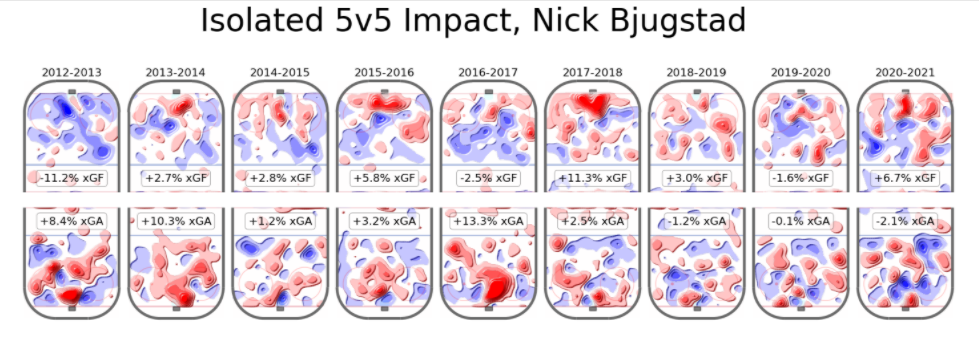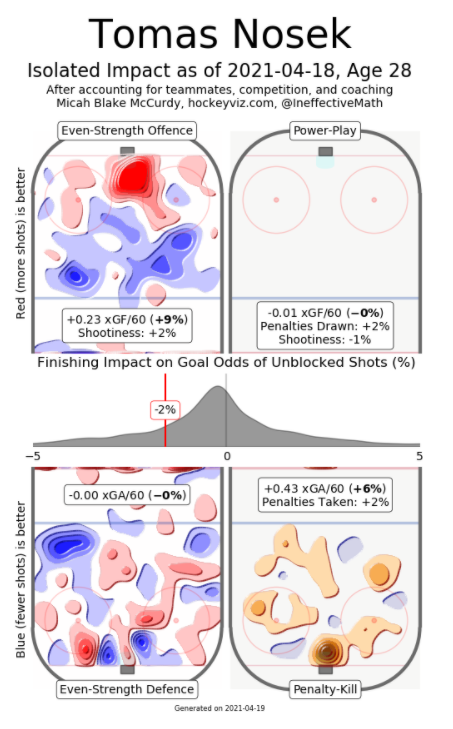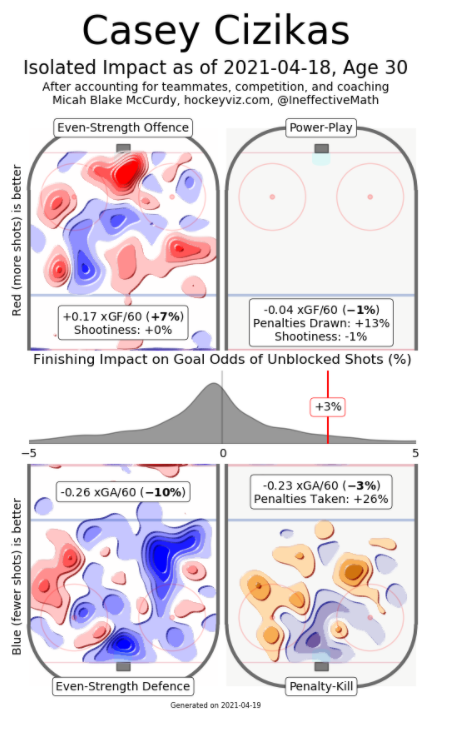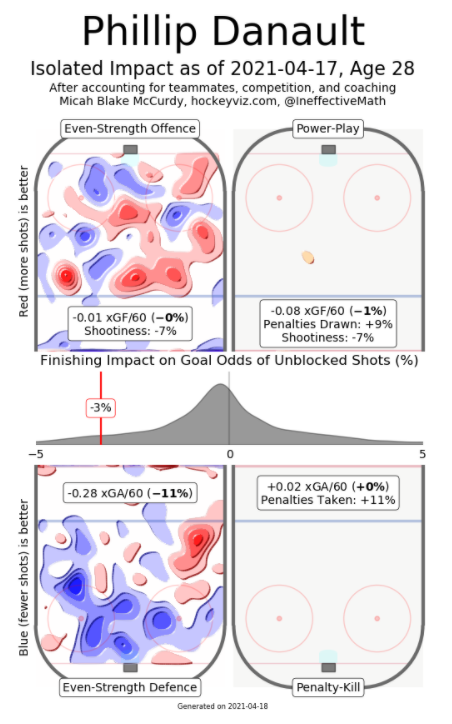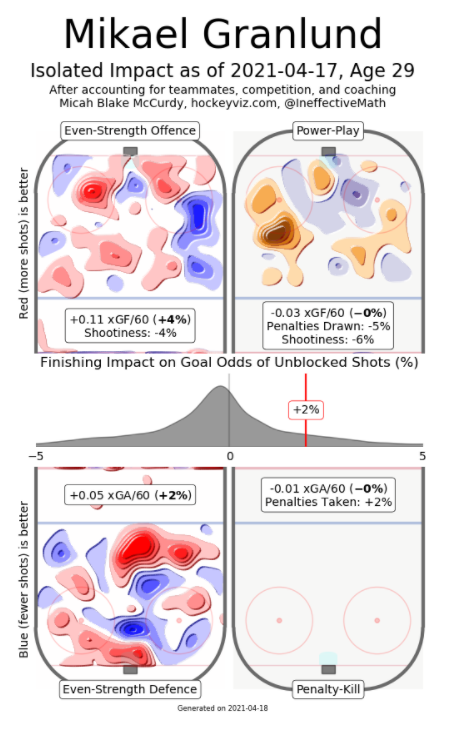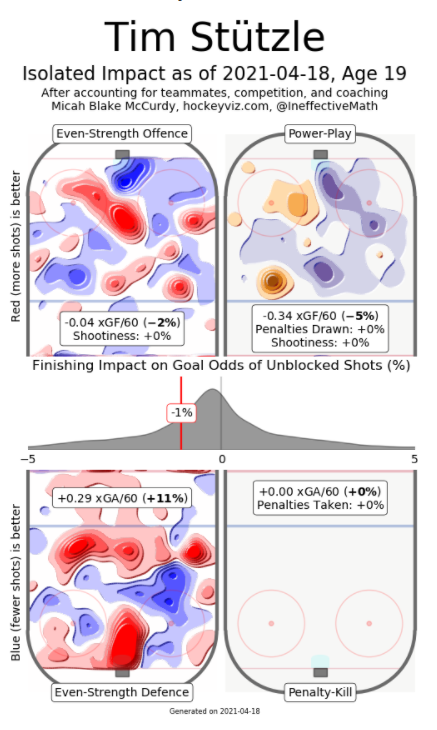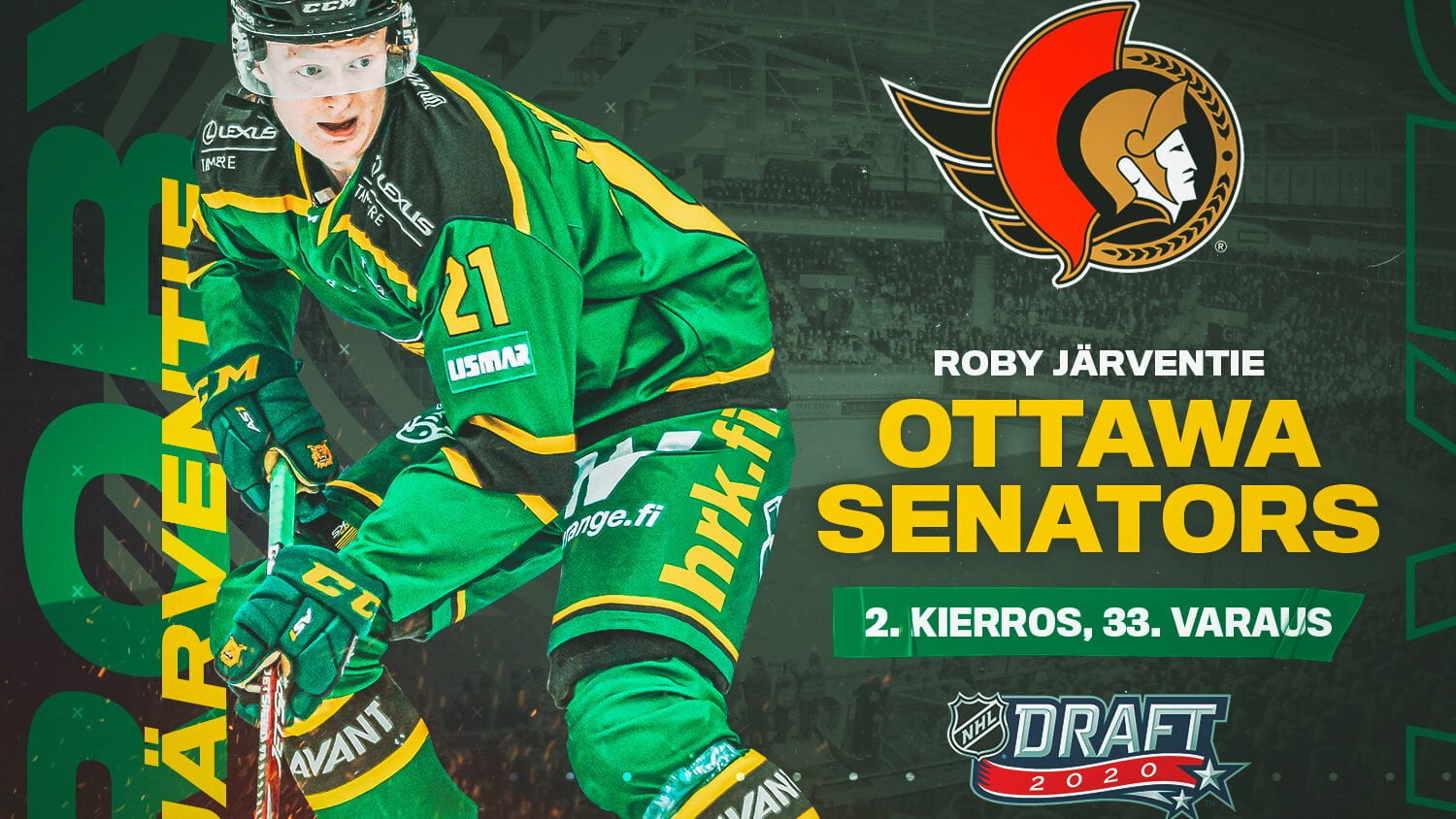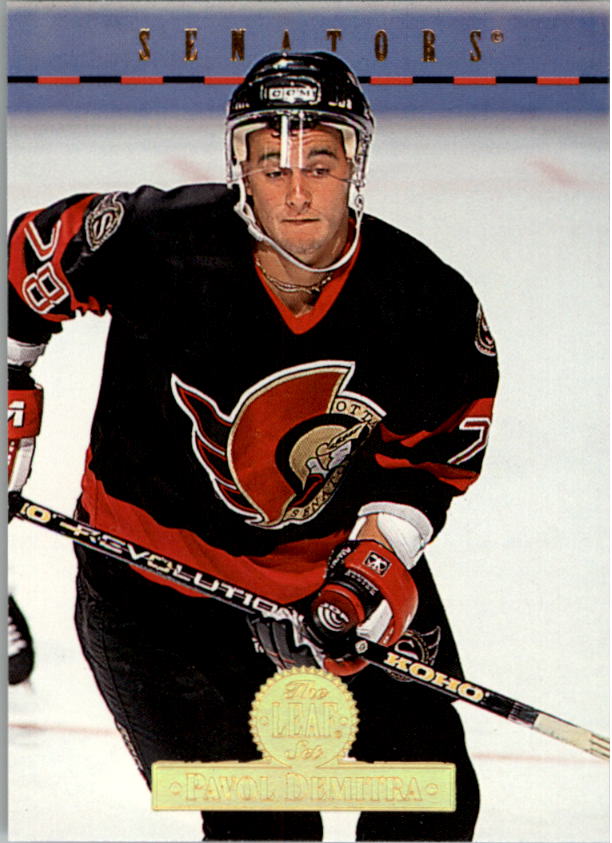In many ways, the existence of this blog is tied to Eugene Melnyk’s ownership of the Ottawa Senators.
We started WTYKY (first titled the Cory Clouston Fashion Review) in the humble years following the 2007 Cup Run, when the Senators, having established themselves as a regular season juggernaut, first flirted with the idea that they should probably rebuild, struggled to accept that harsh truth, and ultimately chose to wander into the desert of “get into the playoffs and anything can happen,” where they arguably still wander today.
This was the ego of Eugene Melnyk or his financial situation or both, and so became the paradigm within which the team had to exist…and so became the paradigm within which our fandom had to exist. This blog embarked on our own journey around that time, one that combined armchair analysis, a piss-poor understanding of analytics, and leaning into the curiosities that inevitably emerge from a team that spent a bare minimum on marketing, research, or understanding how to be considered cool. Left with something as painfully uncool as the 2010-2020 Ottawa Senators, all we could do was try to own it. We don’t have a picture of Stanley Cup banners in our blog’s banner. We have Julia Robillard.
We don’t write many posts on this blog anymore. The idea of writing on a blog has been replaced by something else, something more integrated, sophisticated, easier, louder, scarier, funnier, more immediate. Sometimes I look at the analytics of something dumb I tweeted from my dumb little account with fewer than 1000 followers and see that it received more impressions than the most read post from this blog, which we’ve kept going for over a decade. And so, in some ways, it feels right to mark the death of Eugene Melnyk by resurrecting this blog, for a moment, to write a post, if only because, in a perverse way, I identify with the obsolescence he came to represent.
To be a fan of the Ottawa Senators, and to write about and dissect and argue over beers with friends about the Ottawa Senators, was, inextricably, to do those things about Eugene Melnyk, because everything about the way the team did things was tied to the way Eugene Melnyk did things. He was brash, a braggart, overconfident, and not nearly as rich as he needed to be to pull those things off. In some ways, this complemented the complexes of a bilingual city nestled between Toronto, the cultural capital of anglophones in Canada who have an original six team, and Montreal, the cultural capital of francophones in Canada who have an original six team.
Perhaps Melnyk didn’t complement so much as exacerbate those complexes. Maybe he did both. He shared our insecurities. He justified our insecurities. He was powerful, relatively speaking. Nobody cared. This is all very…Ottawa.
The model of sports franchise ownership exemplified by Eugene Melnyk – what I have referred to as the Wacky Billionaire Model – is in full-on decline. Where once we might have relied on the temperamental interests of an individual who made his fortunes in a particular market, like real estate, or pharmaceuticals, or media, today’s hockey team is usually owned by diversified conglomerates of interests and is stacked in a vertical of integrated investments including content, real estate, merchandise, media, and data. Today’s hockey team is a tiny percentage contribution to a mutual fund.
In that way, the Senators have become increasingly an island unto themselves – hopscotching from loan to loan as Melnyk tried to outrun his debt, trapped in an aging arena on an undeveloped plot of farmland in the city’s suburbs, reminded by that emptiness of Kanata’s promise that it might one day be the Silicon Valley of the North, locked out of lucrative downtown deals by the federal government and Melnyk’s tendency to sabotage his own negotiations. Eugene Melnyk was no more corrupt or brash than any other billionaire privateer, but he existed in a market that tended not to make it easy for billionaire privateers to get away with their privateering, to obscure their privateering with inspiring stories – or at least that indulged privateering in exchange for championships. Melnyk tried to bend the market to his will, which only works if you’re charming or you win, and so the market and Melnyk simply tried to outwait one another.
We’re naturally led to ask, then, what the death of Eugene Melnyk means for the ownership of the Ottawa Senators. There’s the short-term – the team is placed into a family trust, and Melnyk’s daughters decide whether they would like to become franchise owners – with all the prestige and disproportionate attention and thanklessness and abuse that entails – or whether they might like to sell at a time when expansion teams are going for almost a billion dollars. (Forbes tends to value the Sens around a half-billion, but they tend not to build in speculation about what a market will pay for something of which there are only 32.)
We ask the question of ownership not because we are ghouls who bicker while Melnyk’s body is still warm, though we are that, but because this team, around which so many of us have constructed at least parts of our identity by writing blogs and recording podcasts and arguing on Twitter, were and acted like a Melnyk Team, and we don’t really know what it will be and act like in his absence. This fanbase made ‘Sens Sickos,’ a campaign fundamentally about how there has to be something wrong with you to like this team, not only A Thing on Twitter, but something the team itself embraced and promoted. That doesn’t happen without the sick fact of Melnyk’s ownership, and all of the toxicity that led to a revolving door of senior staffers and traded veterans and years of futility. We leaned into the perversity required to love this team because, well, what else did we have? So long as Melnyk was in charge, it would be a series of sure-to-fail Hail Marys and a brass ring that topped out at sneaking into the playoffs. I’ve been writing sporadically on this blog about how that feels for over a decade. I don’t really know how to do anything else.
Whether Ottawa becomes the latest bauble for another, different Wacky Billionaire, or a carefully selected procurement by AI-assisted killbots who hope to turn it into a Lean Scrum Agile meeting, or – dare to dream – a Green Bay Packers-style publicly held nonprofit, what comes next will fundamentally change the way we think about the team, and so it will change the way we think about our city, and so it will change the way we think about ourselves. It won’t all be good, but it will be interesting, and, as always I remain here for the content.
As for this blog, this would seem like a convenient place to put a bookend. We started WTYKY when the team’s window seemingly slammed shut. We renamed it when they drafted a generational defenseman who dragged them within a goal of the Finals. We despaired as core pieces were sold off at a discount. And finally we stagnated as we waited for change. Now that change might finally be here.
But it’s hard to imagine a world in which I don’t simply hit the ‘Purchase’ button on the annual domain renewal prompt, if only to keep intact the record of this weird period in our lives when we took something aspirational – a hockey team as an expression of pride in our community – and tried to make that aspiration work even as it was tied to someone as problematic at Eugene Melnyk. If nothing else, we can take pride in that. Wacky Billionaires come and go. Now we know that, no matter what comes next, we can work miracles if we have to.

